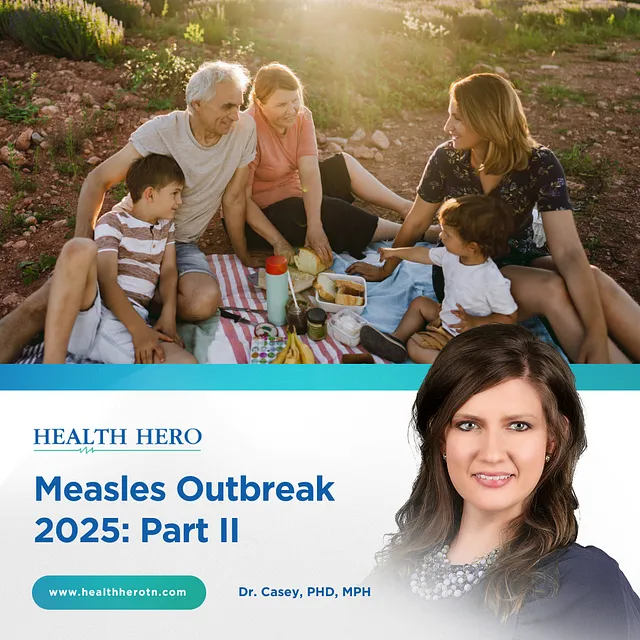In the United States, there continue to be small outbreaks of the measles virus dispute the vaccine being readily available. Once on the brink of elimination, measles has made a comeback, posing a significant threat to children.
Measles is a highly contagious viral infection with symptoms resembling a common cold — fever, cough, runny nose, and red, watery eyes. A rash can occur that starts on the face and spreads across the body. Contracting measles in the U.S. results in hospitalization for approximately 1 in 5 individuals, and 1 to 3 out of 1,000 people with measles may die of the disease, even with the best medical attention.
According to the latest data from the Centers for Disease Control and Prevention, 48 cases of measles were reported by 20 jurisdictions. This number is lower than in previous years, but it’s concerning to see outbreaks occurring considering in the 2000s the disease was declared eliminated. Several factors contribute to this reintroduction, including international travel and reduced childhood vaccinations.
Vaccination remains the most effective way to combat the measles. Children should receive two doses of MMR (measles-mumps-rubella) vaccine, with the first dose starting between 12 and 15 months. The second dose should be administered to those 4 to 6 years old. The second dose can be given earlier just if it is 28 days after the first dose.
A single dose of the MMR vaccine is 93% effective against measles, 78% effective against mumps, and 97% effective against rubella. Two doses of MMR vaccine are 97% effective against measles and 88% effective against mumps. People receiving their MMR vaccinations are usually considered protected for life against measles and rubella.
One of the most significant challenges with this disease is a delay in accepting the vaccine. The controversy surrounding the link between the MMR vaccine and autism has been thoroughly investigated and debunked by extensive reports from the American Academy of Pediatrics, the National Academy of Medicine, and the CDC. These organizations have found that autism is often identified in those between 18 and 30 months of age, which is around the same time children are given their first MMR vaccine.
The recent resurgence of measles in the United States is a stark reminder of the importance of vaccination. This disease remains one of the leading causes of death among young children globally. While the risk of measles in the U.S. is low, if vaccination rates continue to decline the country could see larger pockets of outbreaks across different jurisdictions. By prioritizing vaccination, we can prevent this disease from spreading further and return to the conditions of the early 2000s when measles was successfully eradicated in the U.S.
. . .
Sources
Centers for Disease Control and Prevention: Measles (Rubeola)
American Academy of Pediatrics: Vaccines — Autism Toolkit


